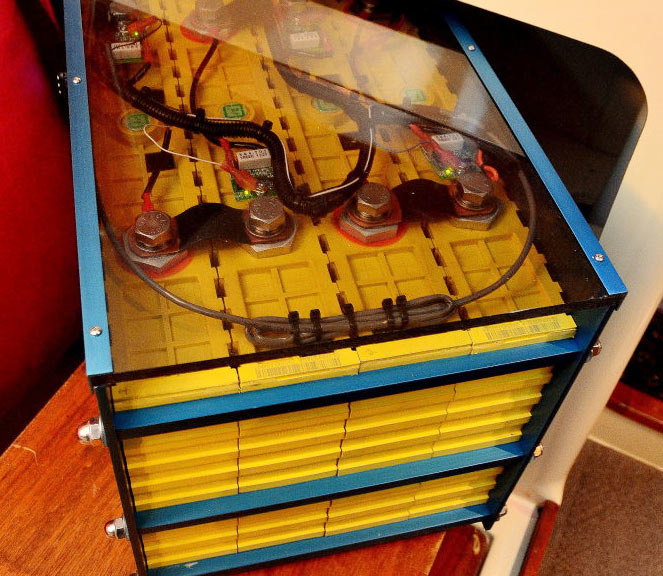Not wanting to enter a war - and hoping the warring can cool it down a bit - I'll throw in my perspective. I'm not claiming any level of expertise, but just describing my logic.
IMO I don't understand why the step method is better then setting the supply to 3.65 volts from the starting gate. I don't understand the value of it and people using 10 amp power supplies become frustrated when they see the power supply is only putting out 4 amps and is in CV mode, even though they are using good cable and ring terminals.
The reason I think some step method is best is that if you can get all the cells to 3.4V and have them fully absorb all the energy they can, you can be somewhat assured that they are at the same level of charge at 3.4V. Same thing when you step again up to 3.5V. Then when you go up to your final top balance voltage you are on the steepest part of the curve, and all the cells should be together. You won't have to leave it at that top balance voltage for as long, because they were all at the same place.
I think if you charge all the way from a resting 3.2V or 3.3V up to 3.65V for a top balance, the cells will all be at the same voltage, but not the same state of charge. So at 3.65V you'll have to wait for some cells to absorb more energy than others, so the current will not taper down as quick as if you do the steps.
IF you believe that harm can be caused by having your cells held at 3.65V, the step method allows you to not keep them there for as long.
This is all based on my assumption (I admit it) that cells can be at the same voltage but not the same state of charge. This is certainly true for lead acid, as that is why the absorption phase is so important. So some cells at whatever voltage will not take any more current while others will still absorb more current, and so more energy. Once all have absorbed all the current they can at a given voltage, they are at the same state of charge. This of course presumes that the cells are fairly matched in terms of capacity.
I also don't think you have to top balance to 3.65V. As long as you are on the steep part of the curve, your final step should ensure that the cells are pretty well top balanced. So I think top balancing to 3.6V, 3.55V, and even 3.5V is nearly as good as top balancing to 3.65V.
Now, recall my obligatory caveat: I am not an expert, and do not claim to be. Just trying to give a logical explanation for why charging in steps can be better, even if it only two steps rather than more.



